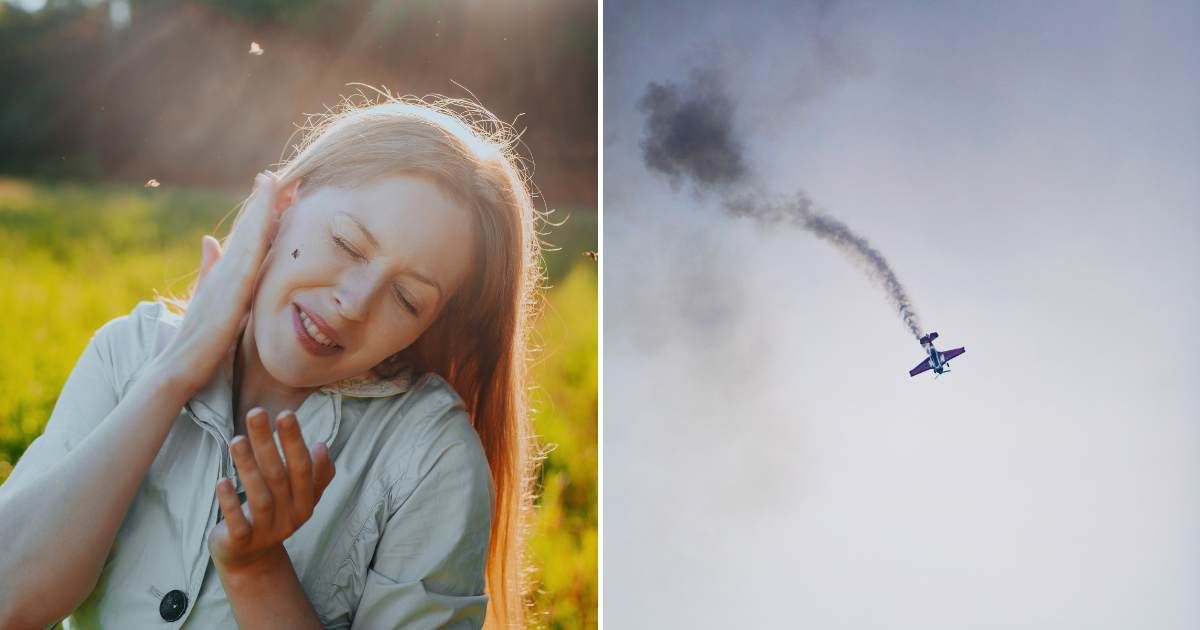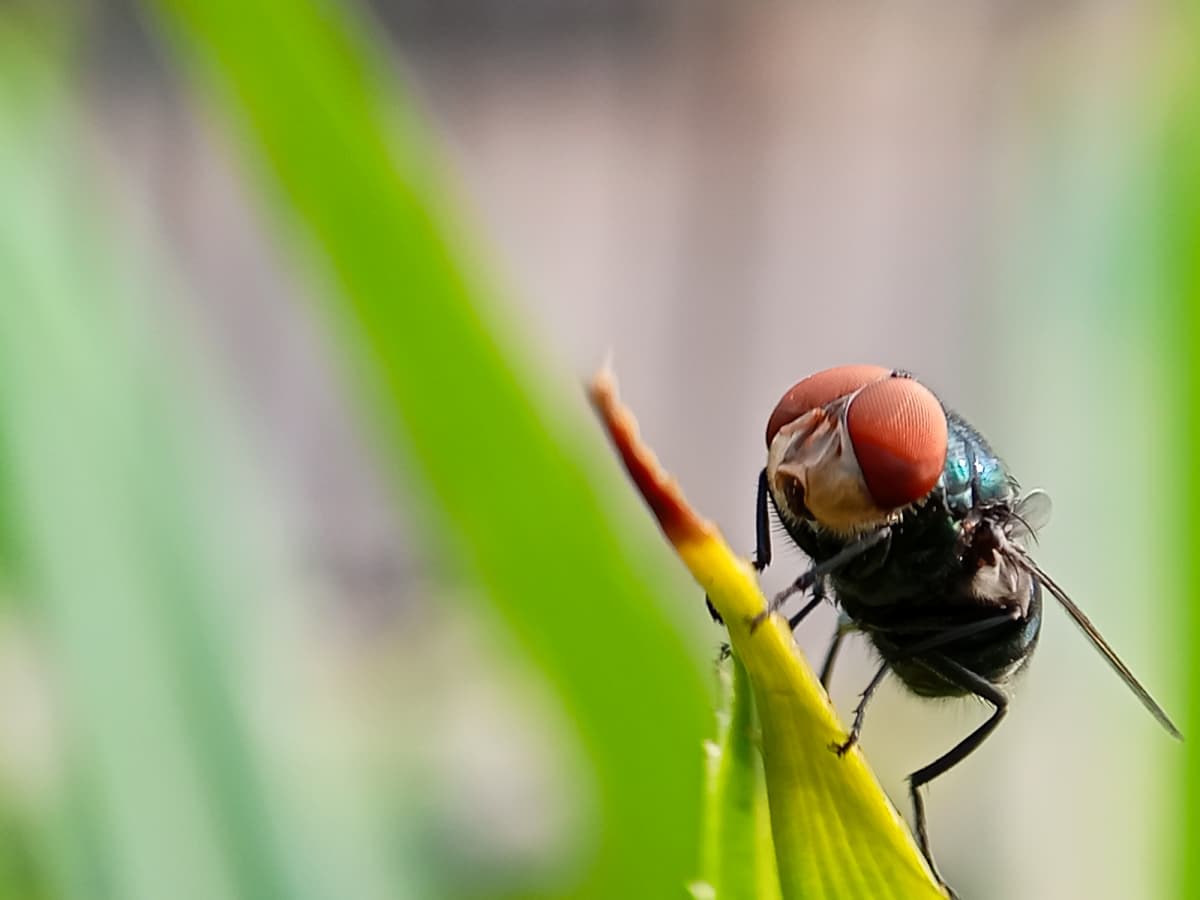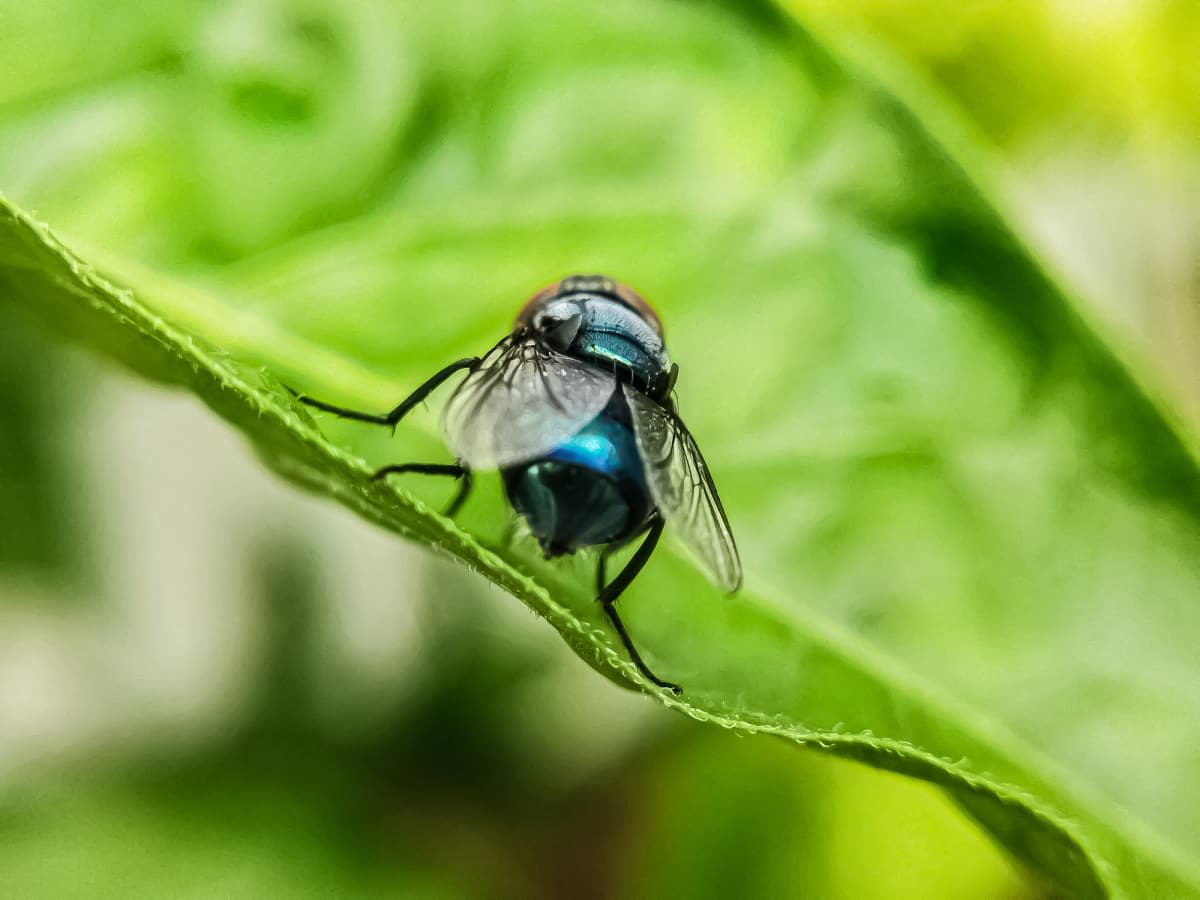Scientists To Drop Millions of Flies From Planes — it's a Strategy to Save People and Animals

In the 1950s, a team of US scientists loaded paper cups with flies and then dropped them from airplanes using paper chutes. The flies plummeted from the sky, looking like a rain of wiggling dots that would fall upon humans and leach the blood from their flesh. In the middle of June this year, history repeated itself as a similar horrific scene unfolded around the southwestern US border. Scientists loaded temperature-controlled crates with these flies and then released them into the blue skies. The reason: they have returned—those parasitic man-eaters. The name is NWS, short for New World Screwworm, according to a report by the USDA.

Why drop flies from a plane?
As Texas responds to New World screwworm, AgriLife experts bring critical experience from Florida’s 2016 outbreak. Their leadership is guiding science-based outreach and response to protect wildlife and livestock. Learn more: https://t.co/lMmONTV8g3 @tamurwfm @tamuentomology pic.twitter.com/riLYX1VauT
— Texas A&M AgriLife (@AgriLife) July 17, 2025
Dropping the flies from airplanes wasn’t some fear-factor stunt, but rather an intentionally crafted plan to save the country, its people, and its animals from these warm-blooded vampire-like flies that are known to feed on the flesh of wounded animals and kill them alive. Most Central American countries hadn’t seen an outbreak of NWS in the past 20 years, but when this fly was spotted a few months ago in southern Mexico, scientists had to do something; otherwise, the flaring of the fly population would start to murder household pets, decimate trading of animals like cattle, horses, and bison, and even kill humans.
What is NWS?
Second #screwworm US-Mexico border closure disrupts #cattle trade; #DDGS market sees little effect
— Commodity Insights Agriculture (@SPGCIAg) July 11, 2025
▪️Screwworm adds uncertainty, but DDGS impact appears limited
▪️Strong feedstock alternatives continue to pressure DDGS demand pic.twitter.com/dn1IHFMiA4
According to the USDA's Animal and Plant Health Inspection Service, the scientific name for NWS, the parasite, is Cochliomyia hominivorax, which translates to "man-eater.” Doctor Phillip Kaufman, a professor and head of the department of entomology at Texas A&M University, told CNN, “After mating, the female fly finds a living host, lands on its wound, and will lay up to 200 to 300 eggs. After 12 to 24 hours, those eggs all hatch, and they immediately start burrowing and feeding on the tissue of that animal, causing very, very large wounds to form.” A NWS fly is capable of killing a thousand-pound cow in less than 10 days.
The plan: Use their biology against them
WHAT COULD POSSIBLE GO WRONG?
— Jim Weed (@JimBobW49) July 17, 2025
The U.S. is fighting off flesh‑eating parasites at the border!
Federal agencies are releasing millions of sterile flies along the Texas and Mexico border to stop the spread of the dangerous New World screwworm, a parasite that can infect livestock,… pic.twitter.com/fekevHGYaP
The plan they sought out to relinquish these dot-sized predators was to use their own biology against them. A chemical sprayed in the air couldn’t prevent the population from the giant throngs of these blood-sucking flies. So, the only strategy they were left with was to prevent the already existing flies from reproducing further. If they could control them from mating and laying more eggs, they would disrupt their reproduction cycle and prevent their bloodlust from leaching America’s lifeblood.
Sterilizing NWS flies and disrupting the mating cycle
Tucked in the chlorine-smelling corridors of a dispersal facility at Moore Air Base in Pacora, Panama, researchers pulled out several trays from their storage. These trays contained the metallic blue-green larvae of NWS. The goal was to sterilize the male flies and drop them from the sky. These males would linger in the air. They would soon reach out to females and mate with them. At this point, the deceptive strategy would come into play. While the males and females would mate, the sterilizing chemical in the males’ bodies would get transferred to the females, suppressing their fertility.

Without fertilization, she wouldn’t be able to hatch healthy eggs. As a result, the fly couples won’t be able to breed any further. The bonus: females are known to mate only once in their week-long adult life cycle. Which means, once they mate with a sterilized male, the cycle is over. No more fly babies. The existing flies would soon die out, and their legacy would die along with them. Meanwhile, humans and animals down below would be liberated from their brutal infestation.
Plans for the future
It sounds like sci-fi, but it’s real—the USDA is building massive “fly factories” to breed and release sterile screwworm flies across Texas and southern Mexico.
— Grant Stinchfield (@stinchfield1776) July 15, 2025
Why? To stop a flesh-eating parasite that can destroy livestock, pets, wildlife—even infect humans…@twc_health… pic.twitter.com/PvlTsbhONk
Moving on, the USDA is planning to build an NWS fly factory, which is expected to be up and running in southern Mexico by July 2026. A fly distribution center in southern Texas is also on the cards, most likely by the end of the year, so that the flies can be imported and distributed from Panama on time if necessary.